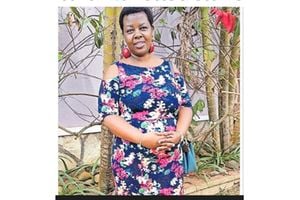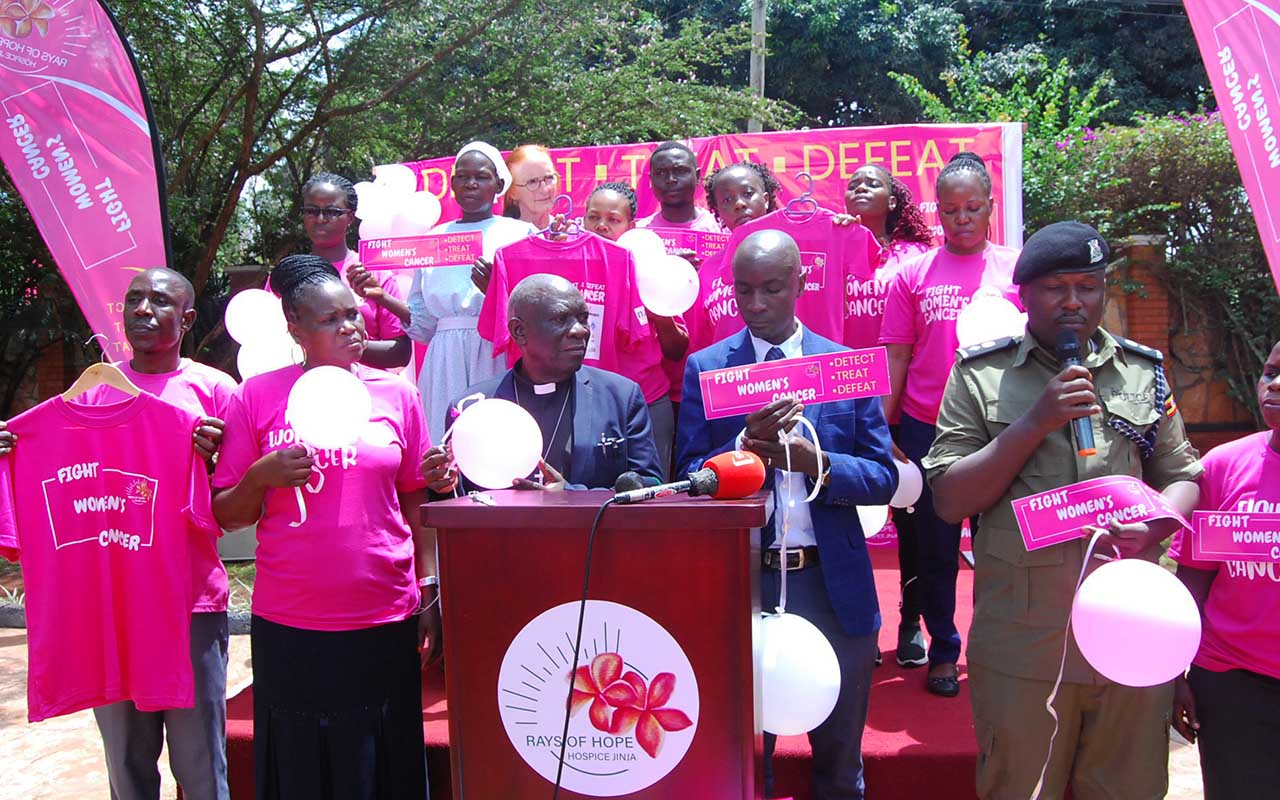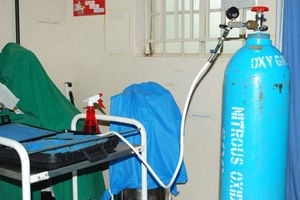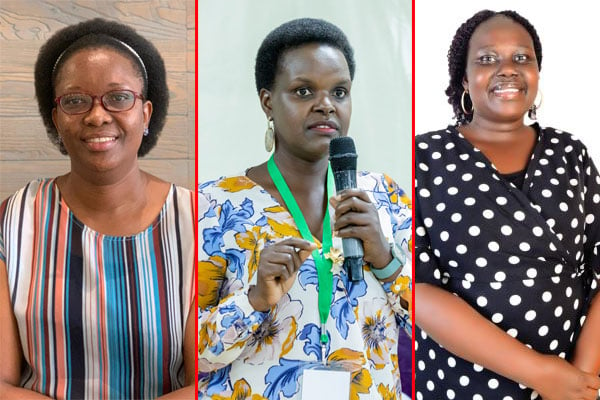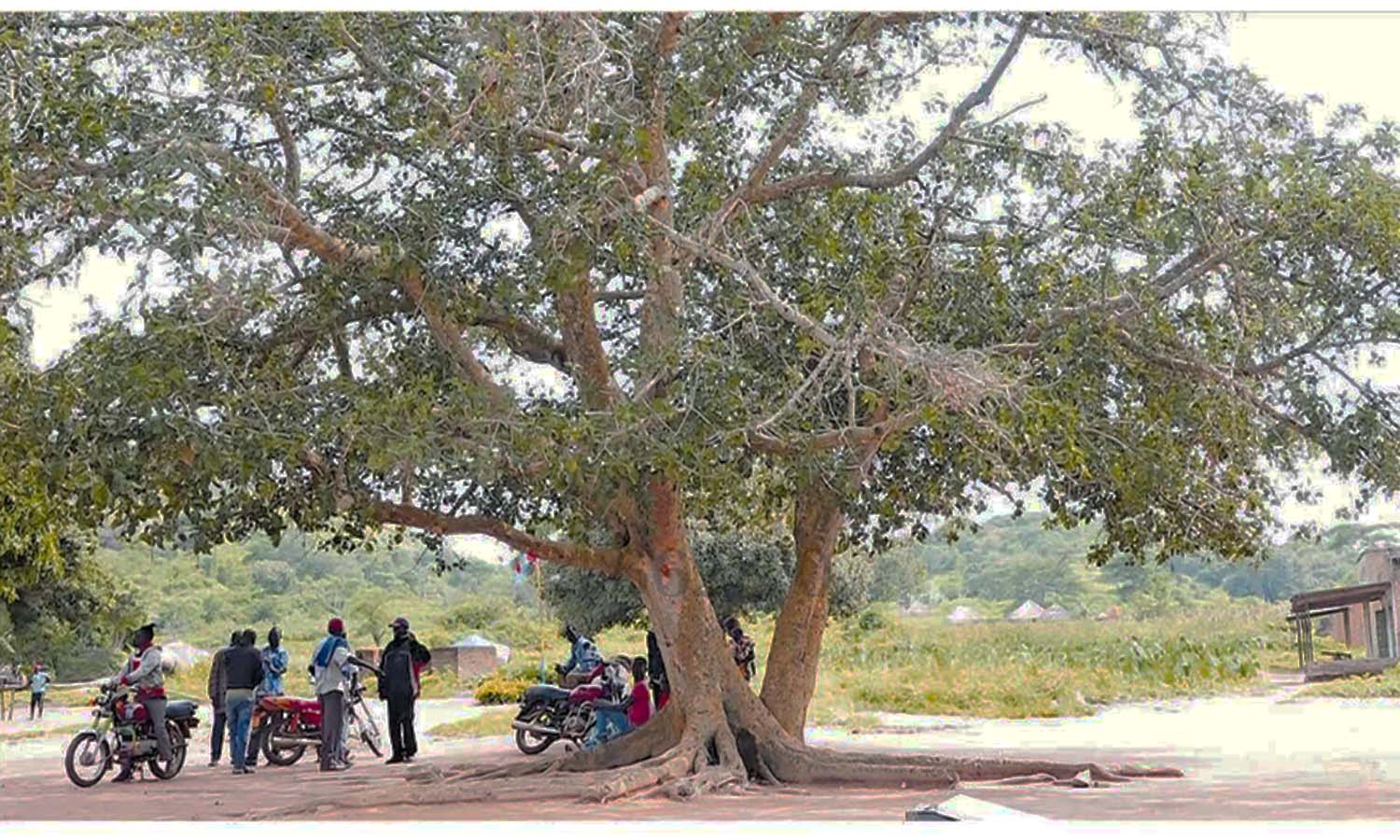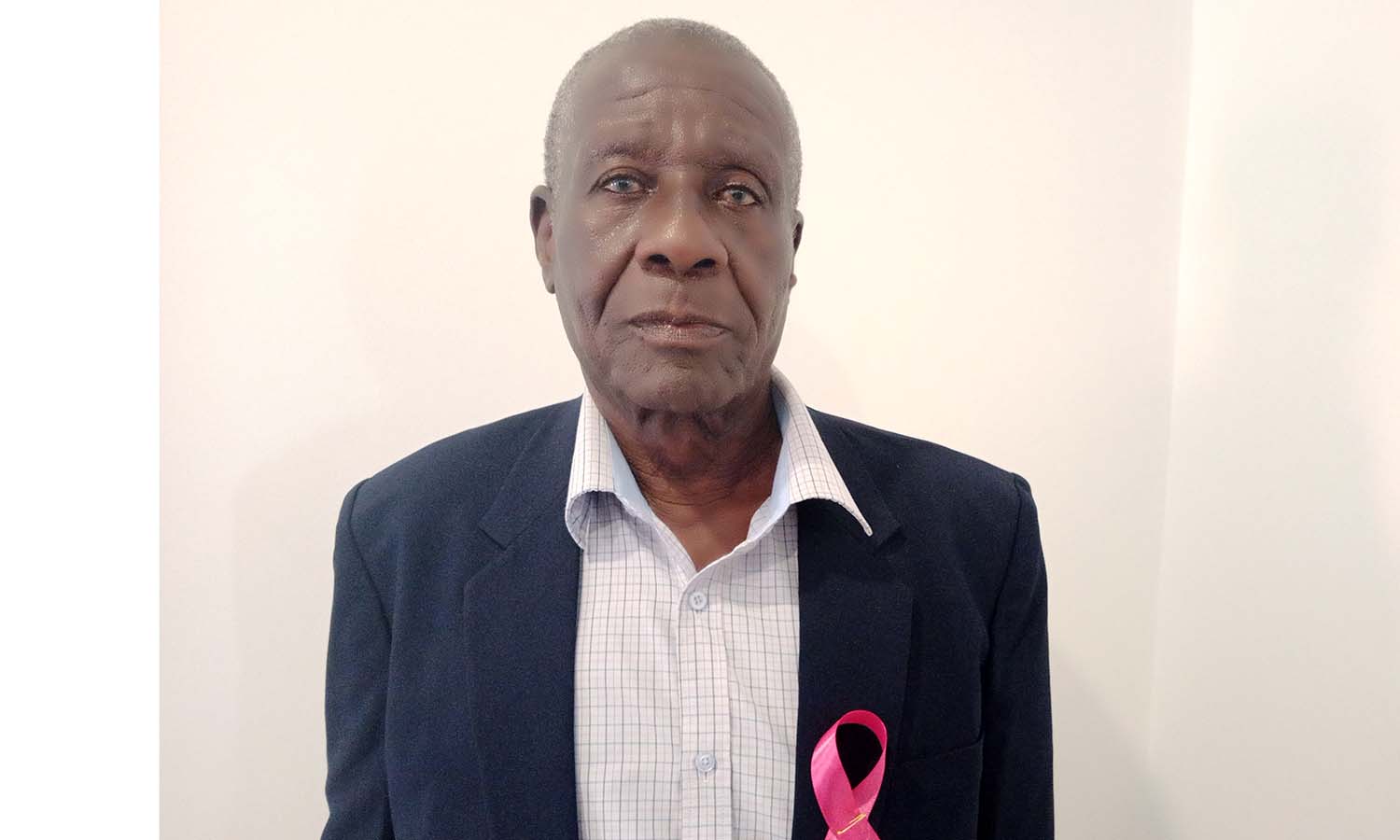
Emaritino Echiku, a 75-year-old resident of Soroti District, has been undergoing treatment for breast cancer at the Uganda Cancer Institute (UCI) in Kampala for the past three years.
Echiku recalls noticing a small, painless lump on his right breast during adolescence, which he ignored for years.
“The symptom I had was only the swelling of the breast. This thing started when I was young, during adolescence when the breasts in men tend to enlarge like for girls,” he narrates.
“The left breast went back to normal size [as I aged] but the right breast didn’t –something remained in it as small as match “head” (coated tip of a matchstick). So I grew up when I had it,” he adds.
As he aged, this lump gradually grew until it reached the size of a fist, accompanied by noticeable weight loss. This became a concern to him and the family, prompting visits for medical care.
“Before diagnosis [at Uganda Cancer Institute -UCI], I got treatment from Soroti Regional Referral Hospital, Soroti Joint Hospital and several clinics within Soroti, they were just treating me but they didn’t know that I had cancer,” he says.
“I was diagnosed in 2021 after being called by my son to Kampala here. I was operated on from new Mulago Hospital but now I am getting treatment from UCI,” he adds.
Echiku’s treatment regimen has included radiation therapy and chemotherapy.
While he has experienced improvement, the financial strain has been immense. “Right now, I have come for review. I have spent a lot of money I can’t even count well. I took around four CT scans, each costing between Shs200, 000 to Shs400, 000. I also had to do lab tests,” he says.
“We used to get medicines freely. Now, they have asked me to have a tablet which I take daily, each costing Shs3, 000.
But I didn’t get the free one but I am still waiting for it. The doctor said I have to take it for 10 years,” he adds. The high costs have been compounded by the need to travel 300 kilometres from Soroti to Kampala for phased treatments.
Dr Naghib Bogere, a cancer specialist at UCI, says breast cancer patients are subjected to hormone therapy which is taken as a daily pill. The medicine blocks estrogen (hormone) receptors in breast cancer cells, preventing estrogen from causing the cells to grow.
“Breast cancer is cancer of the breast, so anyone with breast can get breast cancer. Only that men have smaller breasts than women,” he says.
Spreads faster
The specialist explains the early manifestation of the disease is the same in men and women. “You present with the breast mass or abnormal fluid coming out of your nipples or pain in the breasts or changes,” he observes.
“But because men have very small breasts, when the mass becomes bigger, it spreads to the chest faster, which if you add to the fact there is still a lack of knowledge on breast cancer in men, it means that they continue to come late and with advanced disease,” he adds.
According to Dr Bogere, whenever breast cancer spreads to the chest, it is already at stage three and above.
“And when it goes to the chest, it spreads to the rest of the body and it becomes much higher,” he adds.
Advanced cancer is difficult to treat, the doctor warns.
Causes and prevention
Dr Bogere says breast cancer numbers are increasing. “But also, because our lifestyles are changing pollution, people are not eating well and people are not exercising, the rates of cancers generally are rising and that also means the rates of breast cancer in men will also rise,” he adds.
Dr Bogere reveals that at UCI, they are seeing an increase in the number of men presenting with breast cancer from around 20 annually to 70 cases annually. This is about one in every 100 cancer cases detected at UCI.
According to information from the American Centres for Disease Control and Prevention (CDC), the risk for breast cancer increases with age with most breast cancers found after age 50.
The CDC also cites genetic mutations which can be inherited from parents, family history of breast cancer, radiation therapy treatment, hormone therapy treatment which was used to treat prostate cancer in the past, liver disease, drinking alcohol, being overweight and obesity as the other risk factors for breast cancer.
National Cancer Institute states: “Avoiding risk factors and increasing protective factors may help prevent cancer.”
Women still topping
Although men are presenting with breast cancer, the biggest burden continues to be among women, according to researchers.
Ms Margaret Okello, a cancer survivor and researcher, says doctors should embrace a patient-centred approach in cancer care to improve survival rates and quality of life.
“Treatment should focus on reducing pain, fatigue, and emotional stress, helping patients lead fulfilling lives,” she adds.
SYMPTOMS OF CANCER
• A lump in the breast.
• Redness or flaky skin in breast.
• Irritation or dimpling of breast skin.
• Nipple discharge.
• Pulling in of the nipple or pain in the nipple area
(Source: US CDC)

